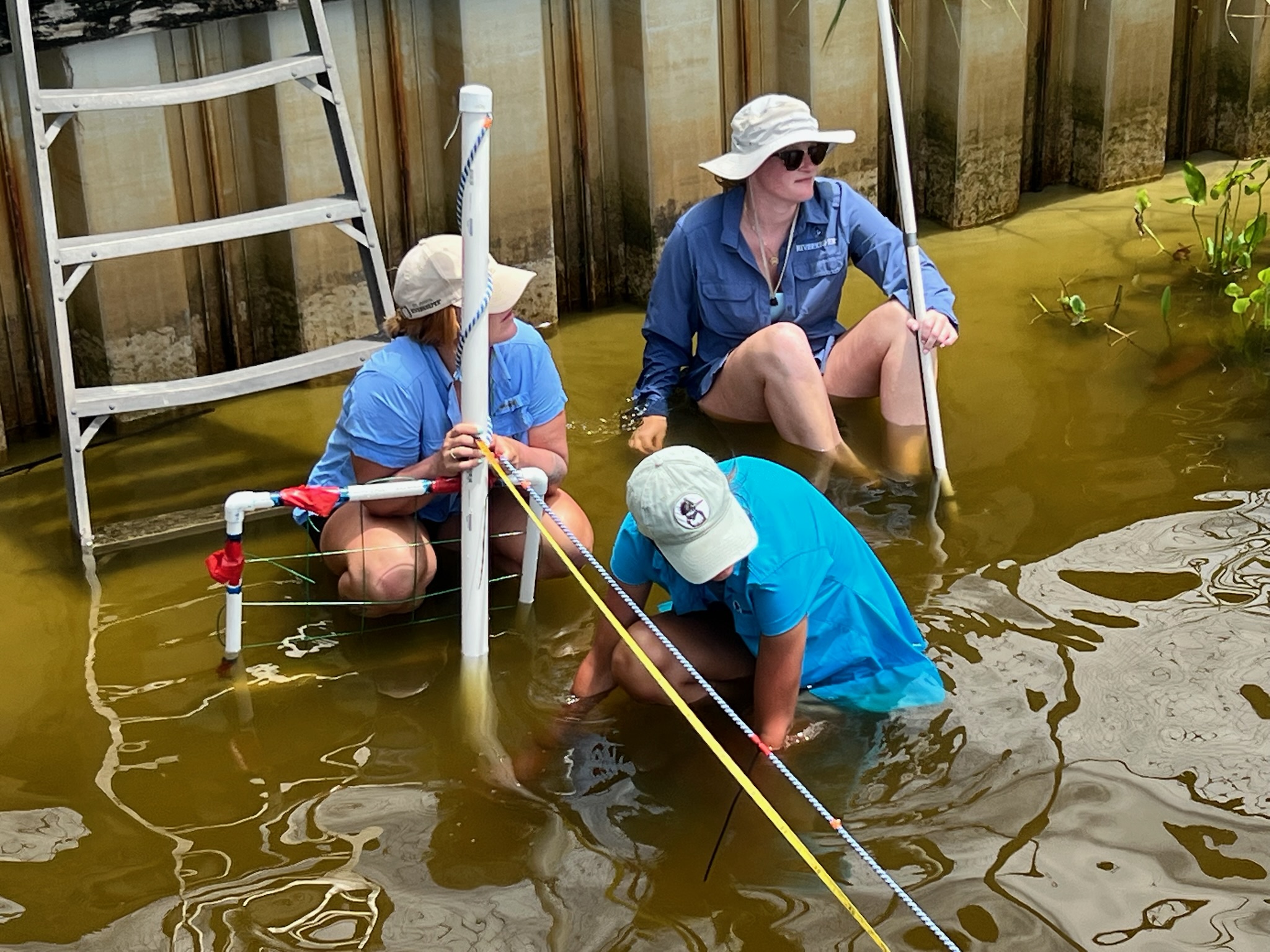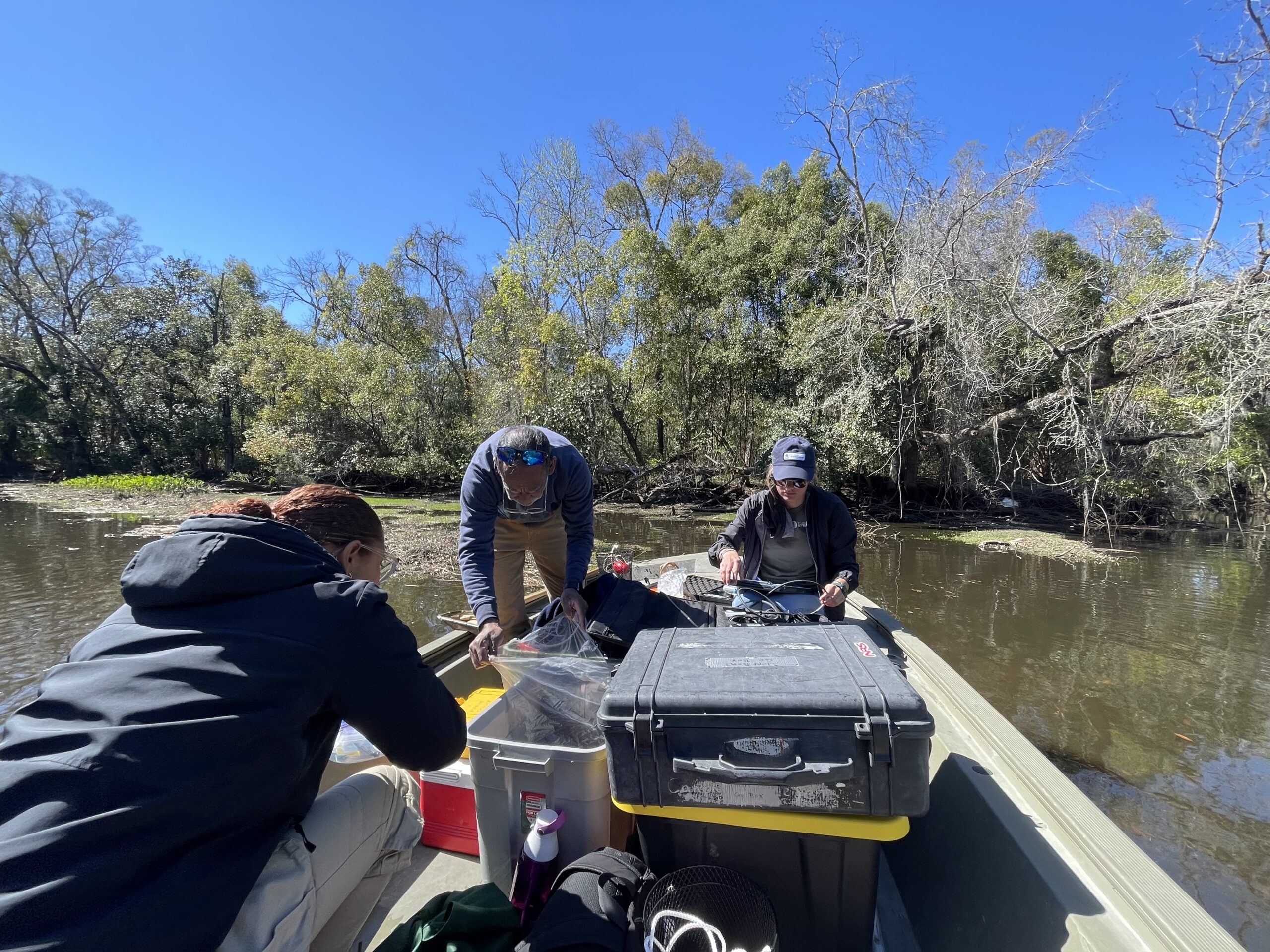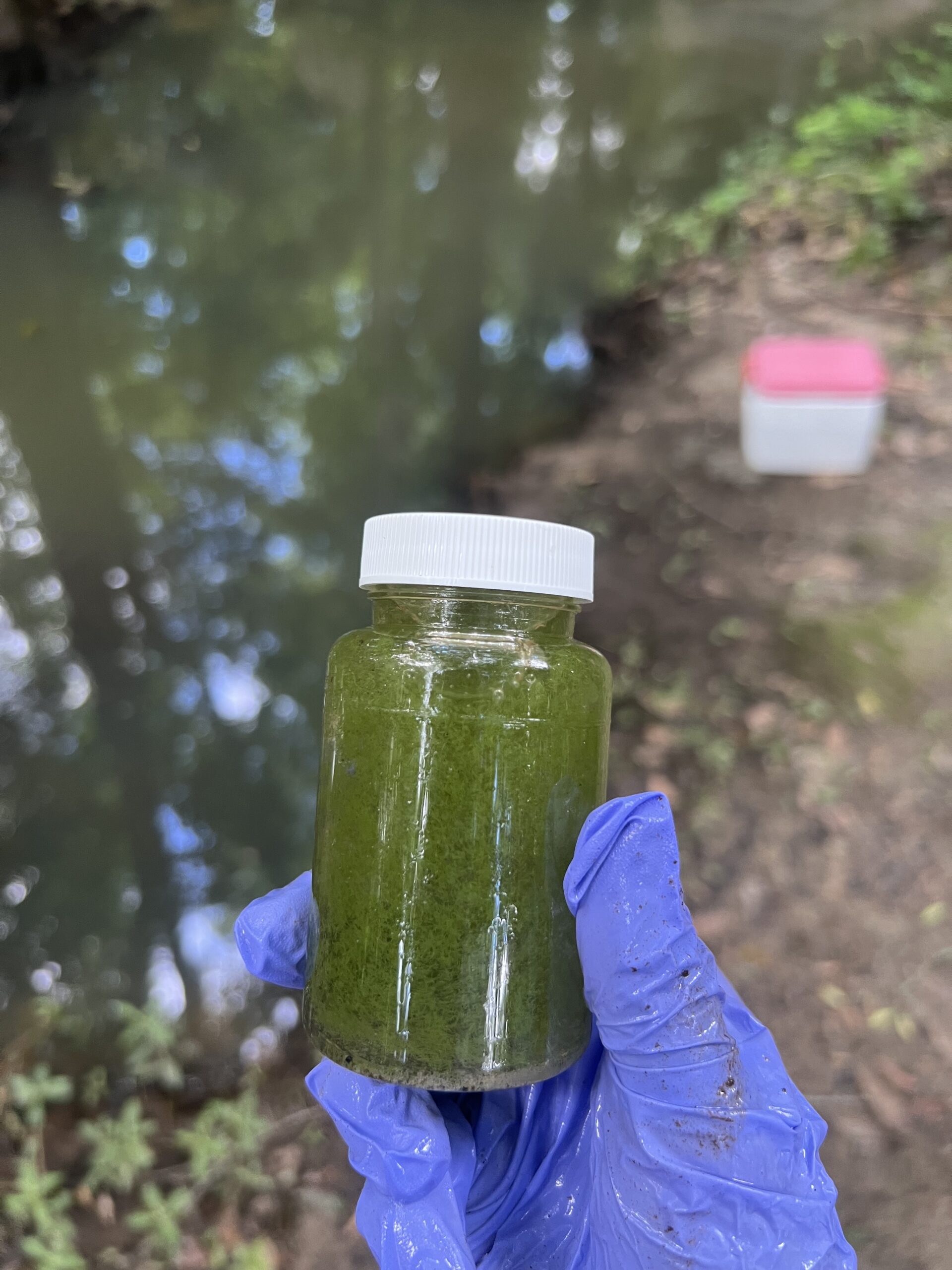August is National Water Quality Month, a time to recognize the critical importance of clean water for public health, the environment, and our economy. Safe, unpolluted water supports drinking supplies, agriculture, and healthy ecosystems. This month serves as a reminder that water quality is directly affected by human activity, from stormwater runoff to chemical use, and that protecting our rivers requires science-based management, strong regulations, and community action.
As part of National Water Quality Month, we are highlighting our mission to defend the St. Johns River and advocate for its protection. We focus on protecting and improving water quality, restoring critical habitats, and addressing the factors that have led to the river’s decline. Through scientific research, community engagement, and targeted restoration projects, we aim to ensure the St. Johns River remains a healthy, thriving resource for future generations. We collect water quality data and conduct sampling for a variety of projects, each with its own unique goals – but all to work toward our vision of a thriving St. Johns River Watershed that sustains healthy ecosystems for future generations.
One example is our SAVe Our River’s Grasses Expedition. We’re in year three of five searching for answers, and solutions, to the disappearance of submerged aquatic vegetation (SAV) in our river. Each expedition takes us along 80 miles of river between Doctors Lake and Lake George, where we search and survey for remaining grass beds, measure water quality, and work toward restoring this essential habitat.
Our Resilient Ribault project focuses on the Ribault River, Trout River, and Moncrief Creek – three watersheds facing serious water quality challenges. In partnership with Jacksonville University’s Marine Science Research Institute, we’re running a two-year study to identify pollution sources, create solutions, and build healthier, more resilient communities. Learn more.
We also conduct ongoing sampling for potential contaminants such as harmful algal blooms, PFAS, and herbicides, testing for substances that threaten not only the river itself, but also the species that depend on it and the people who cherish it, ensuring it can be enjoyed for generations to come.
The data below – just for this year so far – shows the investment of hours, resources, and commitment required to sustain this important work.
Healthy water means a healthy river, and we’re committed to making that a reality. Become a member of St. Johns Riverkeeper today and be a part of the movement for clean, healthy local waterways.
Hotline Calls
We receive numerous calls and emails from concerned citizens, over 70 so far this year, seeking advice on the health of the river and what can be done to help. We respond by providing the most accurate, relevant, and timely information possible to address their concerns and guide their actions.
2025 Water Quality Sampling Data
 SAVe Our River’s Grasses Expedition
SAVe Our River’s Grasses Expedition
Hours on the River: 112
Days in the Field: 14
Miles Travelled by Water and Land: 1,655 Miles
Protective SAV Enclosures: 10 installed – 67,930 square feet
 Resilient Ribault Environmental Quality Assessment
Resilient Ribault Environmental Quality Assessment
Hours in the Field: 70
Number of Samples Collected: 216
Miles Travelled by Water and Land: 548.4 Miles
Other Sampling
Algae Samples Collected (and sent to the Lab): 9
 Upper Basin Samples Processed: 39
Upper Basin Samples Processed: 39
Upper Basin Miles Traveled by Land: 446 miles
Join the Movement
You can be a part of St. Johns Riverkeeper, and help us continue this important water quality work, by becoming a member today.
